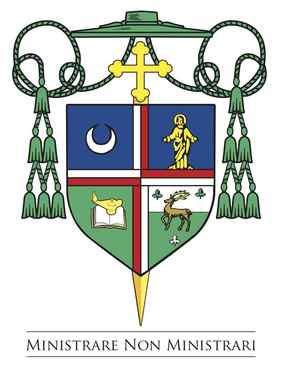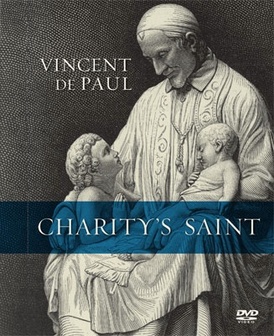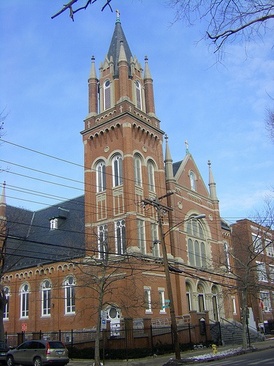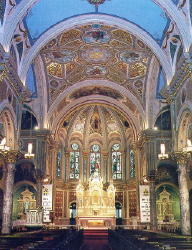Prayer for the Canonization of Blessed Frederic Ozanam
God, our Father, You alone have the power to bestow those precious gifts of yours which we rightly call miracles. If it be Your will, be pleased to grant such a gift on behalf of [mention a person’s name here]. We humbly ask that You grant this favor so that Blessed Frederic Ozanam may be canonized by our Holy Mother the Church. We make this prayer through our Lord Jesus Christ, Your Son. Amen.
The name “Frederic Ozanam” may not be well-known to many in the USA, but those who know of or work with the Saint Vincent de Paul Society know well their father in the faith and their founder. Ozanam followed in the foot steps of Saint Vincent de Paul and is a terrific model for all people, particularly the laity because he puts the gospel and the Liturgy into action.
The Saint Vincent de Paul Society has a membership of more than three-quarters of a million people in 47, 000 conferences in 131 countries on 5 continents.
Frederic Ozanam was a married man, a father, well educated, a person who travelled in high society, a man of faith and action. Many people today consider Blessed Frederic to be a precursor to the Second Vatican Council’s vision of the laity in the Church.
Ozanam’s vision of the Church can be seen in an address he gave on the 4 marks of the Church (one, holy, catholic and apostolic). Here is an excerpt of a talk he gave:
One
One only
means of salvation remains to us, that is, that Christians, in the name of
love, interpose between the two camps (of rich and poor) passing like
beneficent deserters from one to the other … communicating mutual charity to
all, until this charity, paralyzing and stifling the egotism of both parties,
and every day lessening their antipathies, shall bid the two camps arise and
break down the barriers of prejudice, and cast aside their weapons of anger and
march forth to meet each other, not to fight but to mingle together in one
embrace, so that they may form but one fold under one pastor.
Holy
Will we be
satisfied to lament the barrenness of the present time, when each bears in his
heart a germ of holiness, which a simple desire would be sufficient to develop?
It we do not know how to love God as the saints did, it is because we see God
with the eyes of faith alone, and faith is so weak. But the poor we see with
the eyes of flesh. They are present. We can put our fingers and our hands into
their wounds, the marks of the crown of thorns are plainly visible on their
heads. There is no place for unbelief here … You poor are the visible image
of the God whom we do not see, but whom we love in loving you.
Catholic
A
Catholic university (Louvain) should be a cause of rejoicing to the Church, to
see raised within her yet another monument to the immortal alliance of Science
and Faith.
Apostolic
You have felt the emptiness of material pleasures, you
have felt the hunger for truth crying out within you; you have gone for light
and comfort to the barren philosophy of modern apostles. You have not found
food for your souls there. The religion of your forefathers appears before you
today with full hands; do not turn away, for it is generous. It also, like you,
is young. It does not grow old with the world. Ever renewing itself, it keeps
pace with progress, and it alone leads to perfection.
More about Blessed Frederic Ozanam can be read here, his chronology, and a brief biography.




